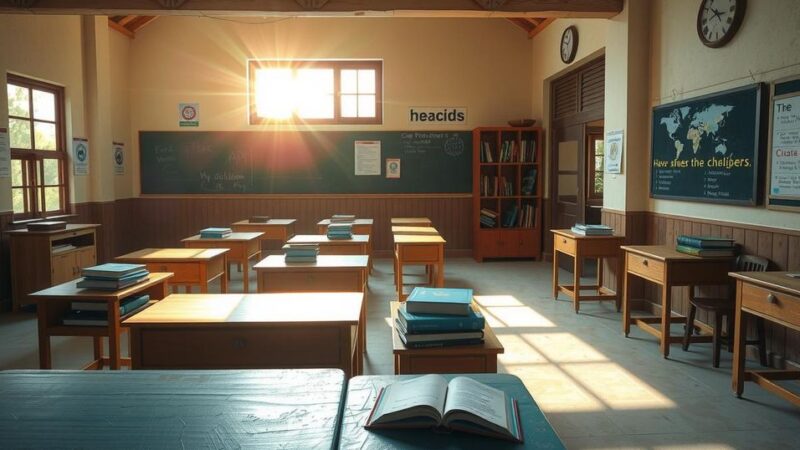The article discusses expert insights on earthquake preparedness, detailing areas most affected, the unpredictability of seismic events, the importance of early warning systems, types of earthquakes, and safety measures pre and post-quake. Countries such as Japan lead advancements in real-time seismic alerts, emphasizing the necessity of public readiness.
Earthquakes are among the most destructive natural catastrophes that people face globally, prompting intense interest in how to effectively respond to such events. A recent study by Intersec identified the Philippines, the United States, India, Jamaica, the United Kingdom, and Australia as the countries with the most inquiries regarding earthquake preparedness on social media platforms. In response, experts provided crucial information to enhance public readiness for potential seismic occurrences.
One primary inquiry pertains to the locations most prone to earthquakes. The Pacific Ring of Fire, which accounts for approximately 90 percent of seismic activity worldwide, emerges as the most vulnerable area. Countries such as Japan, Indonesia, China, Iran, and Turkey are frequently identified as having a high susceptibility to these natural disasters.
Another commonly posed question concerns the predictability of earthquakes. While there have been significant advancements in understanding seismic patterns, the capability to forecast specific earthquakes remains elusive due to the inherent randomness of tectonic plate movements. Current technology allows for the detection of P-waves, which are minor tremors that may precede more intense S-waves, enabling rapid alert systems to notify residents.
Japan exemplifies this innovation with its sophisticated earthquake warning systems, utilizing thousands of IoT sensors to monitor seismic activities and deliver immediate notifications when tremors surpass a predetermined threshold. Countries situated around the Pacific Rim are increasingly investing in Early Warning Systems to enhance public safety.
Questions about the types of earthquakes include the phenomenon of megathrust earthquakes, which occur mainly in subduction zones and can reach magnitudes of 9.0 or greater, leading to substantial destruction. Such earthquakes typically arise around the Pacific and Indian Oceans, particularly within the Pacific Ring of Fire.
Experts also provided essential advice for increasing safety measures before, during, and after an earthquake. Preparation involves securing heavy furniture to prevent movement during seismic activity, establishing an evacuation route, and ensuring that necessary supplies are readily available. During an earthquake, the advisable protocol is to “Drop, Cover and Hold On,” avoiding proximity to windows and remaining stationary until the shaking ceases.
Following the initial quake, individuals should assess any damage or injuries, and if possible, turn off utilities to prevent additional hazards. Individuals are also advised to refrain from reentering compromised structures due to ongoing risks of instability and aftershocks, which can exacerbate damage. As such, pre-earthquake preparations are critical for ensuring access to emergency supplies that may be required for variable durations post-event.
Earthquakes pose significant threats to communities worldwide, frequently resulting in extensive damage and loss of life. Understanding how to prepare for and respond to earthquakes is essential for public safety. The Pacific Ring of Fire is a key focus due to its high frequency of seismic activity. Insights provided by experts aim to educate the public on practical steps for disaster preparedness, emphasizing the importance of readiness before, during, and after such natural disasters.
In summary, earthquakes present serious risks, but informed preparedness can mitigate their impact significantly. Understanding the locations most prone to earthquakes, advancements in warning systems, and effective personal safety protocols can save lives. Ongoing public education by experts will further enhance community resilience against possible seismic events.
Original Source: www.si.com






